The concept of Carrying Capacity originates from ecology and refers to the maximum number of individuals or organisms that an environment can support sustainably without degrading the natural resources or ecosystem services upon which they depend. In a broader context, it has been extended to human populations, suggesting the maximum population size that the Earth or a particular region can sustain indefinitely, considering available resources such as food, water, energy, shelter, and the ability to absorb waste.
Carrying capacity is not a fixed number; it varies depending on the consumption habits, technological advancements, and cultural practices of the population in question. For instance, the carrying capacity of a region might be higher if it employs sustainable agricultural techniques, renewable energy sources, and waste recycling systems. Conversely, if the population overexploits resources, engages in polluting activities, or lacks equitable distribution mechanisms, the carrying capacity diminishes drastically.
In human societies, carrying capacity includes not only environmental considerations but also economic and social dimensions. For example, a city’s carrying capacity would depend not just on its water supply or land availability, but also on infrastructure, housing, health care, and employment opportunities. When the demand for these services exceeds their supply, it results in urban stress, slums, unemployment, and social unrest—clear indicators of having breached the region’s carrying capacity.
Several threats challenge the carrying capacity of the planet and its ecosystems:
- Population Growth: A continuously growing population puts tremendous pressure on natural resources. More people require more food, water, energy, and space, leading to over-extraction of resources and environmental degradation.
- Overconsumption: Even a relatively smaller population can exceed the carrying capacity if its consumption patterns are excessive. Developed nations, for instance, consume far more per capita resources than developing countries, contributing significantly to global resource depletion.
- Pollution and Waste: Excessive waste production, especially non-biodegradable and hazardous waste, along with air, water, and soil pollution, deteriorates the quality of the environment, reducing its ability to support life.
- Climate Change: Global warming, sea-level rise, changing weather patterns, and increasing frequency of natural disasters disrupt agriculture, freshwater availability, and biodiversity, thereby threatening the balance of ecosystems.
- Depletion of Natural Resources: Unsustainable exploitation of forests, fisheries, minerals, and fossil fuels leads to resource exhaustion and habitat destruction. This undermines the resilience of ecosystems and reduces their ability to recover from stress.
- Loss of Biodiversity: The extinction of species reduces ecosystem functionality and resilience. Diverse ecosystems can provide a wider range of ecosystem services and adapt better to environmental changes.
- Urbanization and Land Use Change: Rapid and unplanned urban expansion results in loss of agricultural land, forest cover, and wetlands, affecting food production and water retention capacities of ecosystems.
Recognizing and respecting the carrying capacity of ecosystems is vital for ensuring sustainability. It requires balancing human needs with ecological constraints, reducing consumption, embracing renewable energy, adopting sustainable agriculture, managing waste efficiently, and promoting environmental awareness. Policies that integrate environmental limits into urban planning, development strategies, and global governance are essential to maintain ecological balance and ensure the survival of future generations.
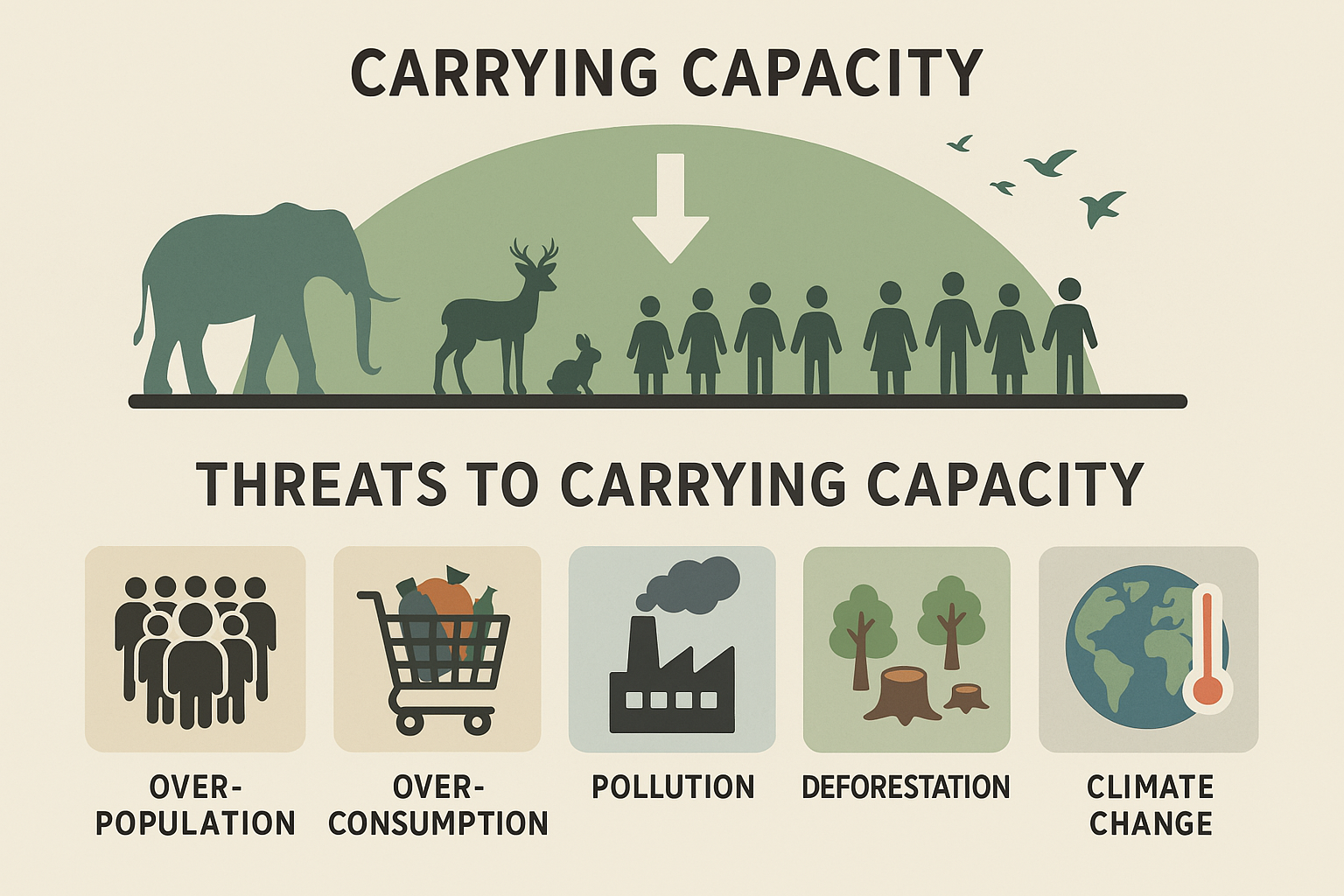


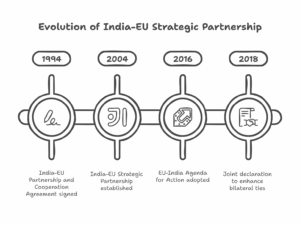

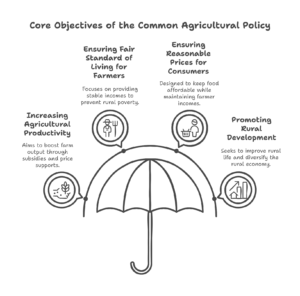
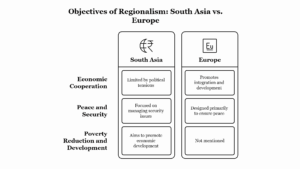
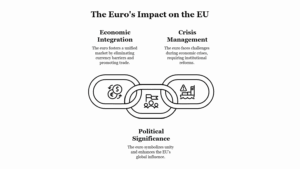
Leave a Reply